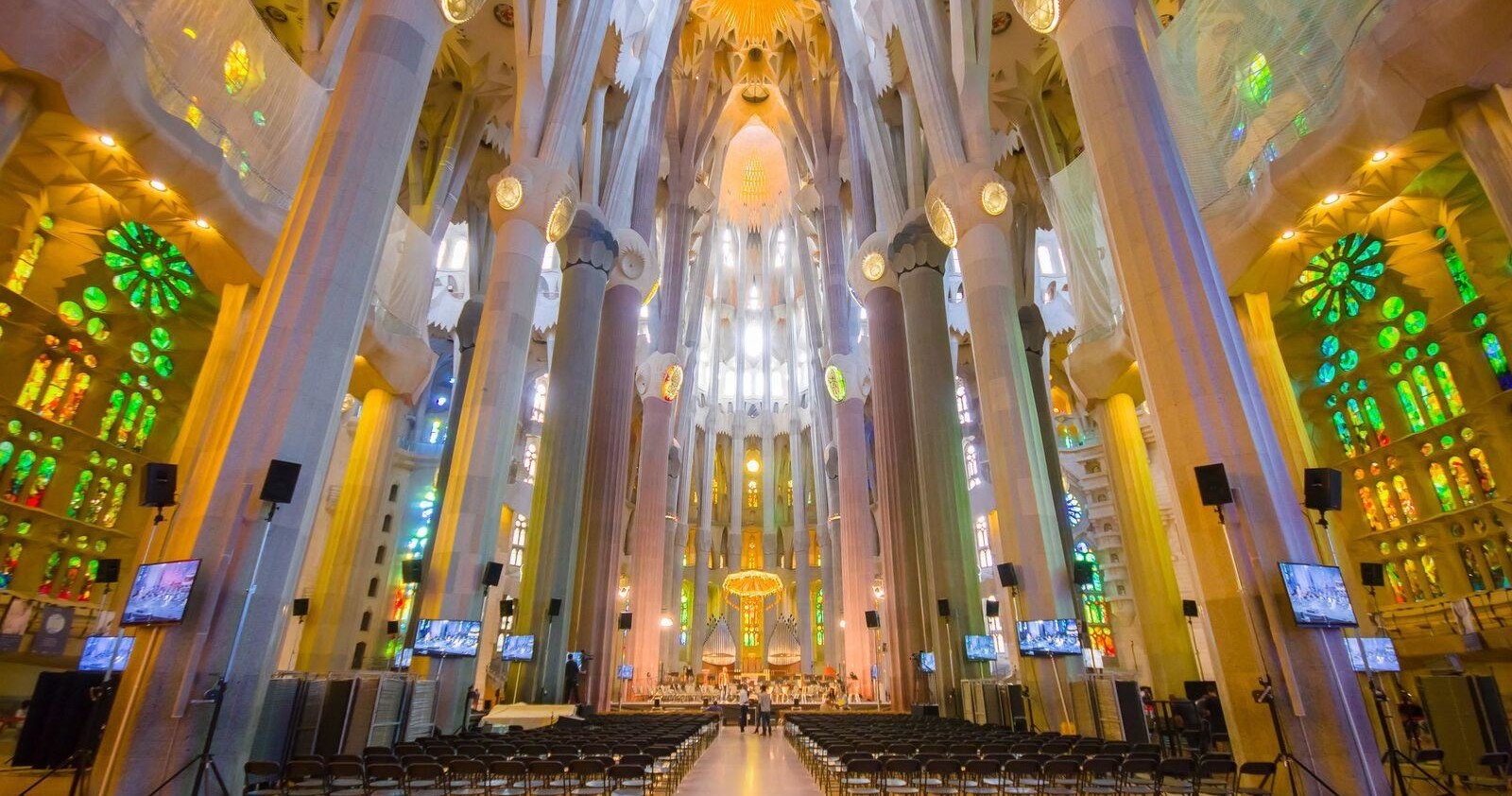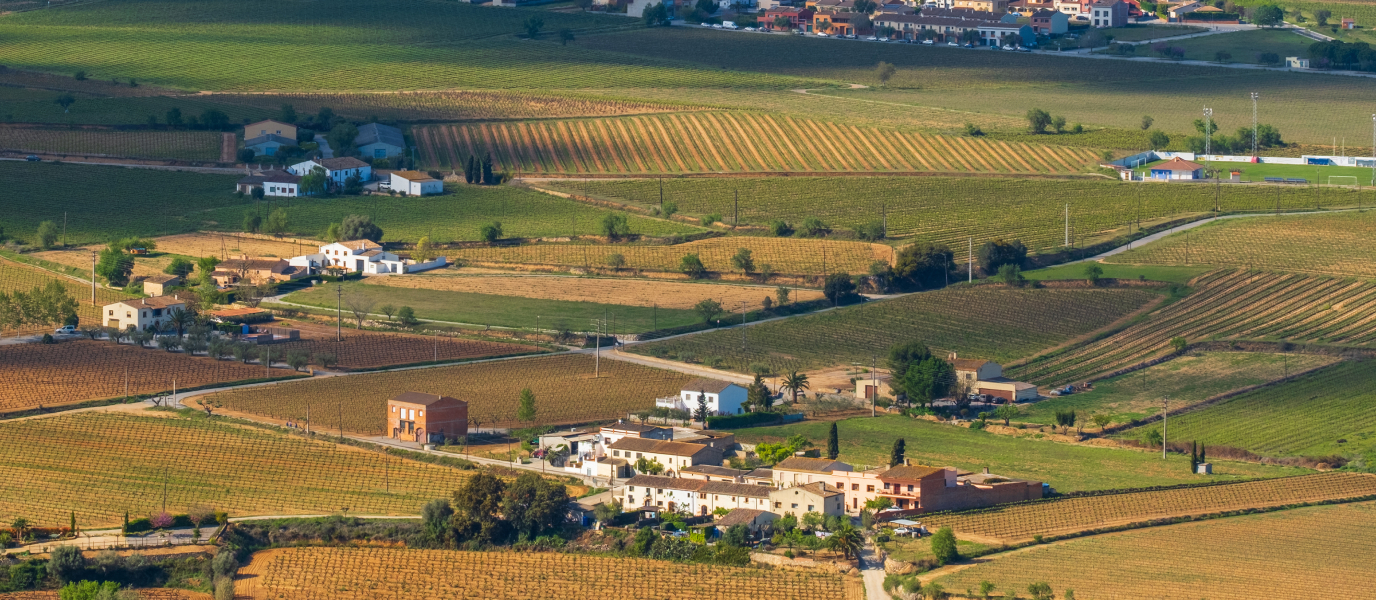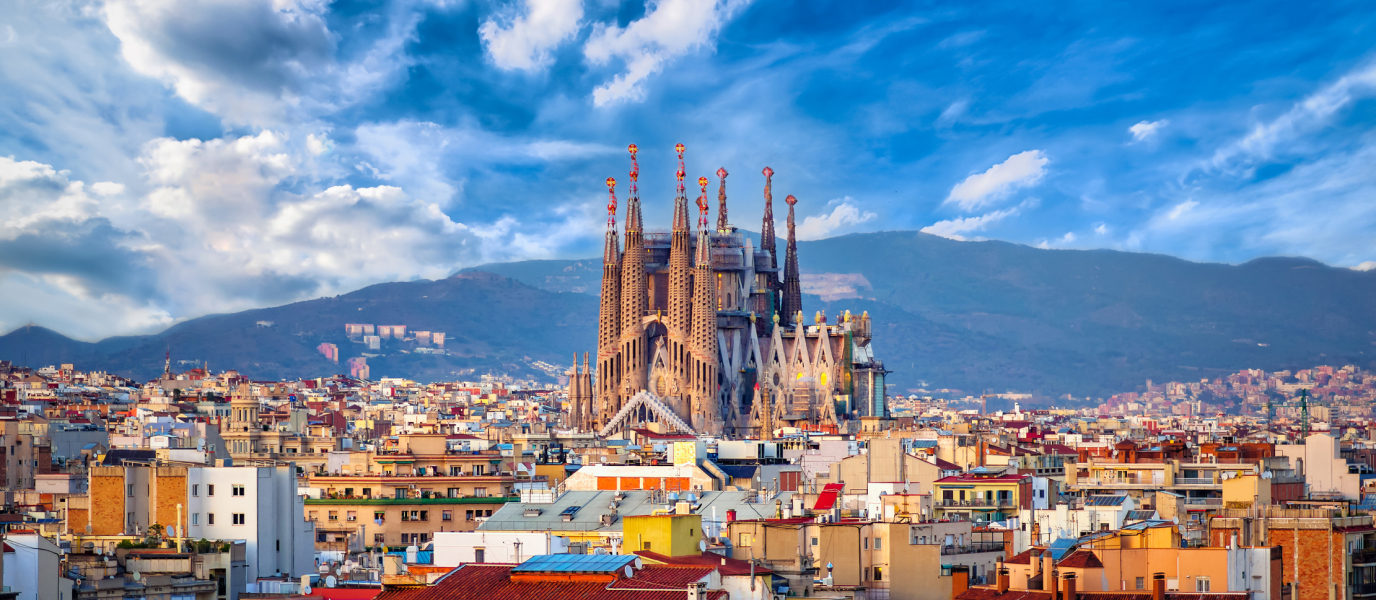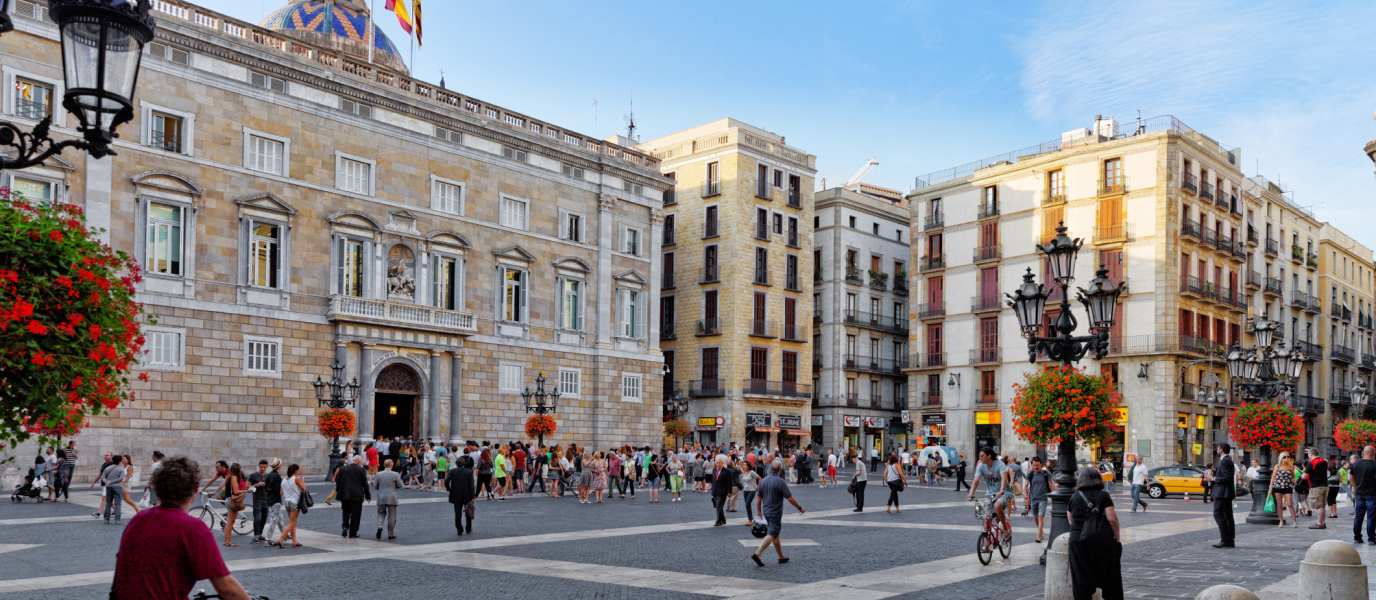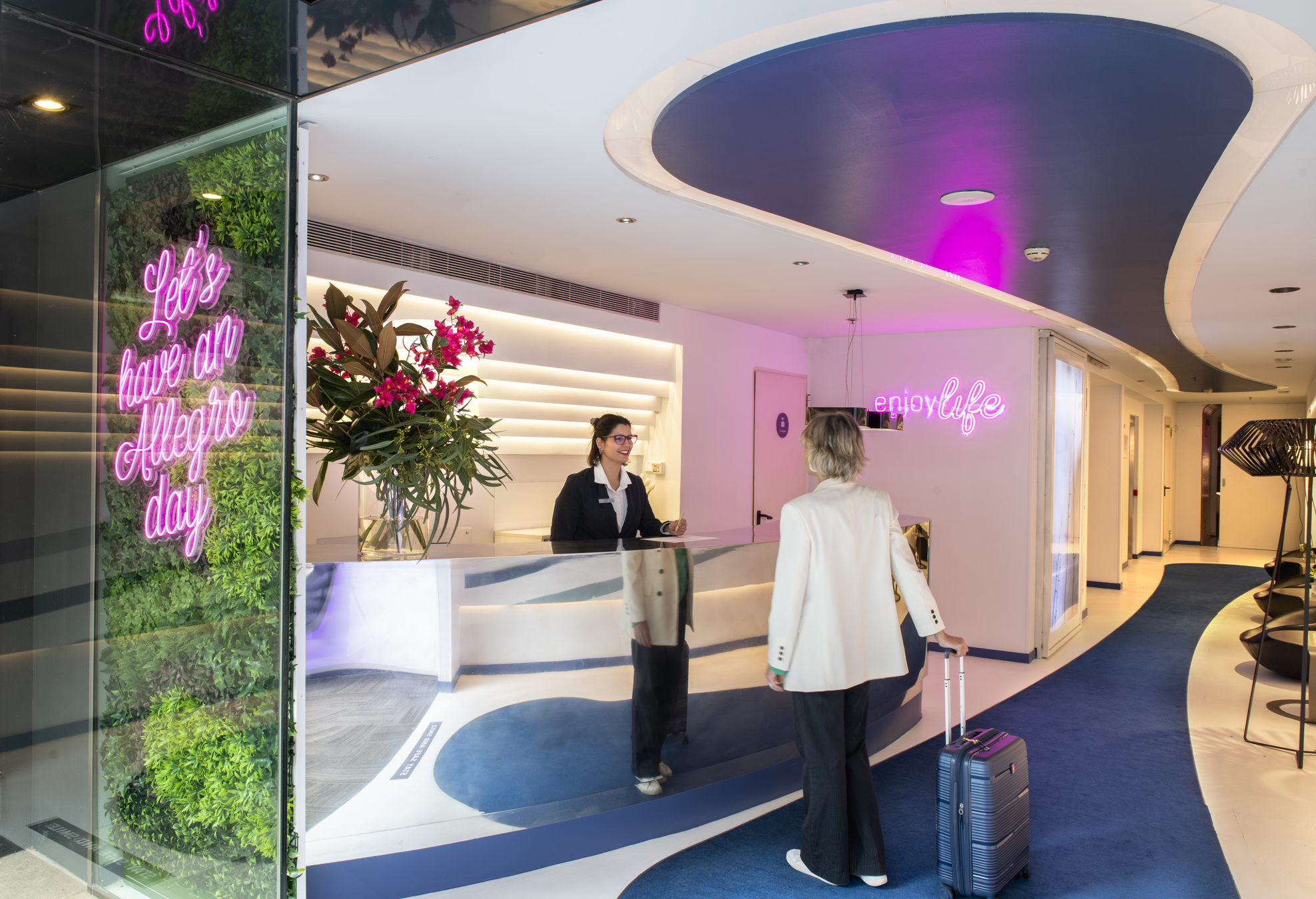Despite being an unfinished work, the Sagrada Familia receives over 4 million visitors annually, and recently snatched from the Granada Alhambra the title of the most visited monument in Spain. It could be argued that the Sagrada Familia’s status as a work in progress adds to its attraction, as it is not often that the traveller has the good fortune to witness at first hand the culmination of an architectural project of this magnitude. The church is the creation of the genius Antoni Gaudí, a multi-talented artist of whom Elies Rogent (the head of the Barcelona School of Architecture at the time when Gaudí completed his studies) said: “I don’t know whether we have awarded the degree to a madman or a genius; only time will tell”.
Related experiences
The Sagrada Familia, the last artistic stamp left by Gaudí on Barcelona
The seed that two decades later would result in the construction of the Temple Expiatori de la Sagrada Família was sown in 1866 with the establishment of the Asociación Espiritual de Devotos de San José [Spiritual Society of Disciples of St Joseph] by Josep Maria Bocabella i Verdaguer. In 1874, this organisation decided to build a church dedicated to the Holy Family, and in 1881 (after receiving various donations), it acquired the piece of land situated between the streets of Mallorca, Sandenya, Provença and Marina, where the imposing basilica now stands.
The first stone of the Sagrada Familia was laid on 19 March of the following year, coinciding with the festival of San José. The project was in keeping with the Neo-Gothic design put forward by the diocesan architect Francisco de Paula Villar y Lozano who, having begun the construction of the crypt, soon resigned as director of the works following disputes with the basilica’s developers. So it was that, in 1883, Antoni Gaudí took the reins of the project, beginning by overseeing the completion of the crypt and the apse.
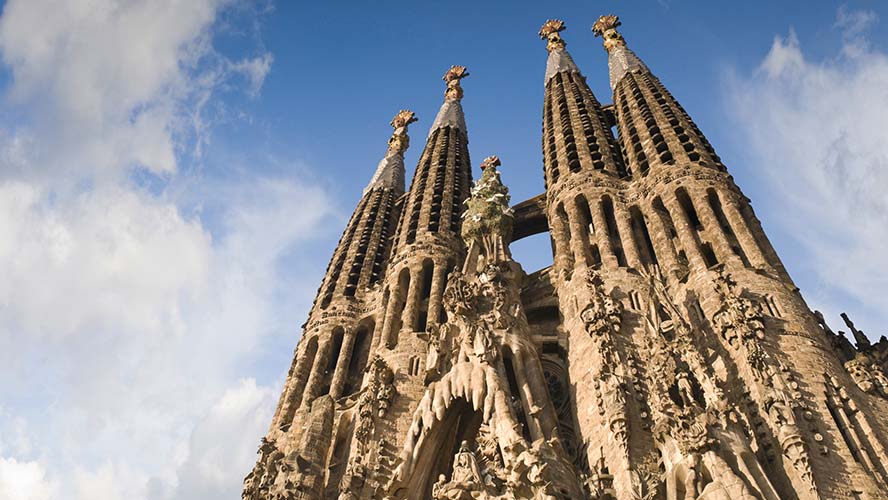
However, the receipt of a generous, anonymous donation caused Gaudí a change of heart, and instead of continuing with the plans that had been passed onto him, he proposed a more ambitious monument—the product of his own creative universe, the expression of which can be seen in his other famous works located in Catalonia’s capital city, such as Casa Batlló, Casa Milà and Park Güell. Although by the time of Gaudí’s death in 1926, only one of the three façades—that of the Nativity—and the first bell tower (Reus) had been built, the architect left behind all kinds of plans, drawings and scale models, which proved invaluable in enabling those who had worked closely with him to continue with the work.
When will we see the Sagrada Familia completed?
Since the death of Antoni Gaudí, many architects and sculptors have worked on the Sagrada Familia, aiming for the day when the basilica, a church built by and for the people, can finally be viewed without cranes placing stones or sculptures on its rooftops. Prominent among the architects have been Domènec Sugrañes (one of Gaudí’s close collaborators), Isidre Puig-Boada, Lluís Bonet i Garí, Francesc de Paula Cardoner i Blanch, Jordi Bonet i Armengol, and Jordi Faulí Oller, who is currently in charge of the works. Outstanding among the sculptors are the Catalan artist Josep Maria Subirach and the Japanese Etsuro Sotoo. One of the attractions of the Sagrada Familia, and a quality that sets it apart from other monuments is that it has been able to achieve a balance between the creative freedom of these artists and Gaudí’s original guidelines.
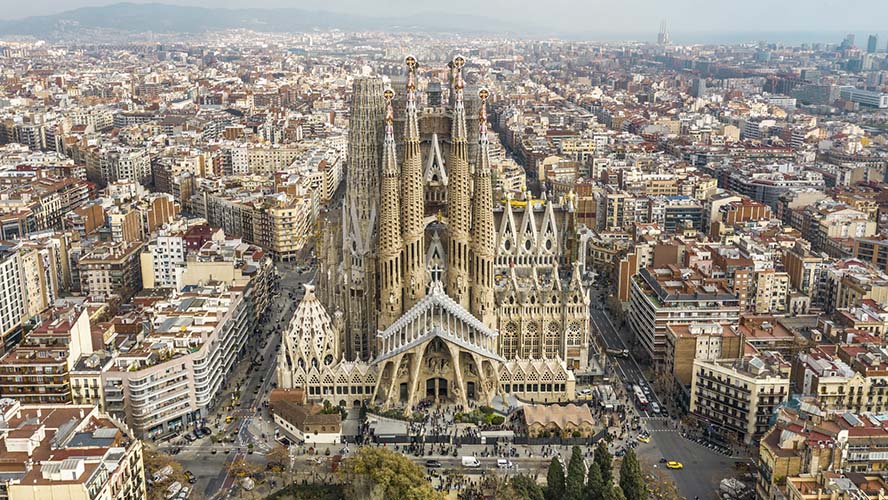
But the question everyone is asking is: When will the Sagrada Familia be completed? According to Jordi Faulí’s team, the aim is to finish the Jesus Christ tower (approximately 170 metres in height) in 2022, and to round off the entire architectural project in 2026—to coincide with the centenary of the death of Antoni Gaudí.
What to see at the Sagrada Familia?
- The façades. The Sagrada Familia has three monumental façades: the Nativity, the only one to be completed during Gaudí’s lifetime; the Passion, in which visitors can appreciate the highly individual style of the Barcelona sculptor Josep Maria Subirach; and the Glory, which is to be the main façade. This particular façade has also generated the most controversy, as in order to follow Gaudí’s plan to the letter, it will be necessary to demolish the block of dwellings opposite it.
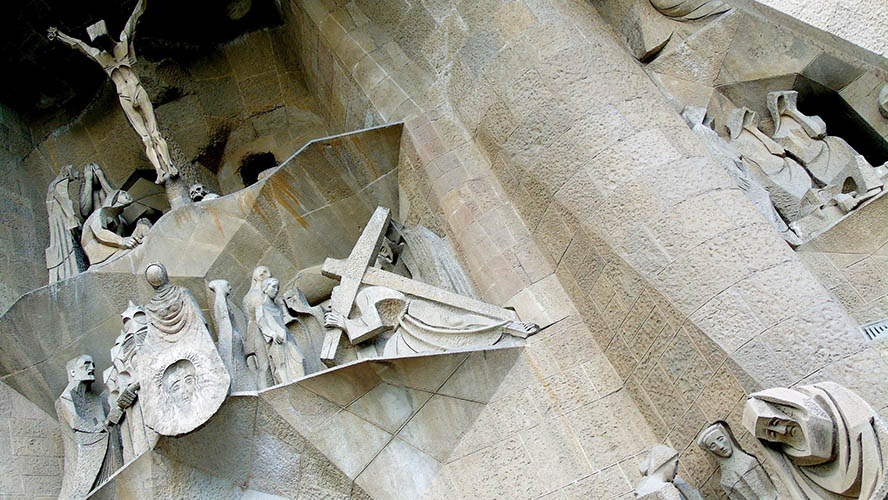
- The towers of the Sagrada Familia. There is no doubt that these conical towers pointing upwards at the sky above Barcelona are one of the outstanding features of the cityscape. This will be even more true when (in 2026 if the deadlines are met) they are accompanied by the four towers of the Evangelists, the cupola of the Virgin and the imposing tower of Jesus Christ.
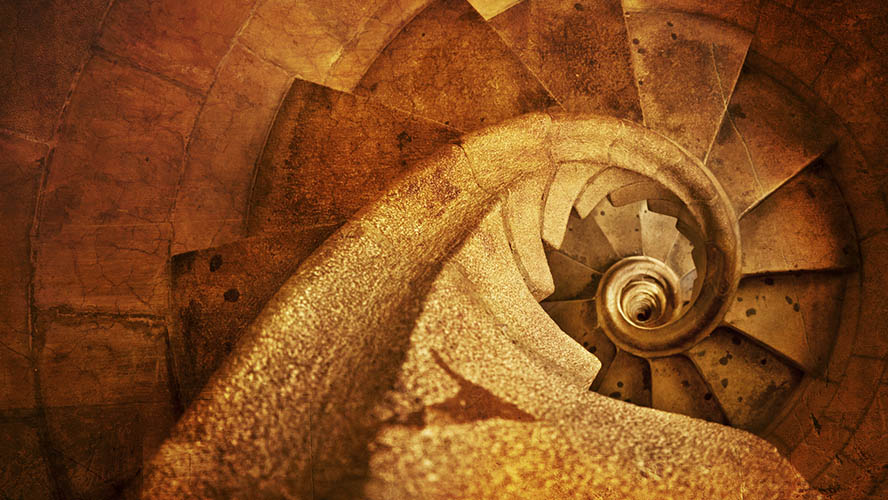
- Inside the Sagrada Familia. Stepping into the Sagrada Familia, every visitor is met with a breathtaking visual spectacle. However, this effect is heightened on sunny days, as then one can appreciate the colourful stained glass windows and the beautiful, shifting play of colour as the light filters in. Visitors can also enjoy the sight of the columns branching towards the soaring domes, giving the impression of an architectural forest of a beauty that could only be realised by a creator of structural universes such as Gaudí.
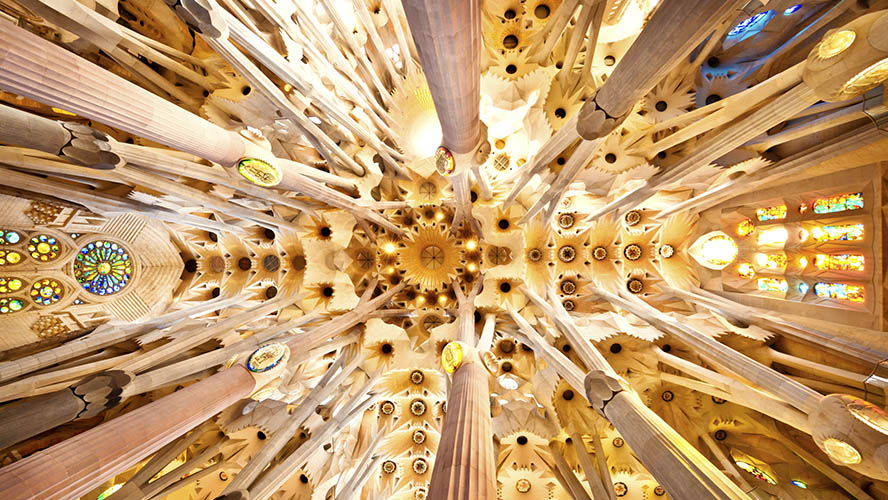
Did you know that in Catalan, gaudir means ‘to enjoy’? Therefore, get ready to gaudir Antonio Gaudí’s most iconic work.








































































